Understanding New Hair Tools: Essential Features and Benefits
The world of hair styling tools has undergone tremendous evolution in recent years. Today’s new hair tools are now engineered to enhance both efficiency and safety while delivering impressive styling results. From innovative materials to multifunctional designs, understanding the features and benefits of these tools is essential for achieving your desired look while maintaining hair health.
What Makes New Hair Tools Stand Out?
Modern hair tools differentiate themselves primarily through technology and ergonomic design. Key features that make these tools stand out include:
- Advanced Heating Technologies: Many new styling tools utilize ceramic, tourmaline, or titanium heating elements that help distribute heat evenly, reducing the risk of hot spots that could damage hair.
- Smart Technology: Features such as automatic shut-off and temperature control adjust to hair types, ensuring optimum styling conditions.
- Ergonomic Design: Ergonomically designed handles and lightweight materials decrease strain during use, making them more comfortable for extended styling sessions.
These advancements not only streamline the styling process but also contribute to healthier hair over time.
Key Ingredients for Optimal Hair Styling
While the focus might often be on the tools themselves, the right hair care ingredients are equally important. Many new hair tools are designed to work synergistically with specific products:
- Heat Protectants: Sprays and serums form a protective barrier, reducing heat damage.
- Moisturizing Agents: Ingredients like argan oil and shea butter nourish hair during styling, adding shine and reducing frizz.
- Color Protectants: For color-treated hair, products that protect against UV damage can enhance the longevity of your color while using heating tools.
Choosing the right products to complement your new tools is vital for optimal styling and maintaining healthy hair.
How to Choose the Right Tool for Your Needs
Selecting the right tool depends on various factors, including hair type and styling goals:
- Hair Texture: Fine hair may benefit from lightweight styling tools with lower heat settings, while thicker hair may require more robust tools to manage styling.
- Styling Goals: Determine if you want to straighten, curl, or add volume—specific tools are better suited for particular styles.
- Feature Preferences: Consider functionalities such as adjustable temperature settings or multi-styling capabilities based on the versatility you desire.
Investing time to understand your personal hair needs and styling aspirations will lead to greater satisfaction with your choices.
Exploring Different Types of New Hair Tools
With a broad array of styling tools available, it is crucial to explore the different types to find what best suits your routine.
Heat Styling Tools: Pros and Cons
Heat styling tools such as flat irons, curling wands, and hair dryers are staples in many beauty routines. Here are their pros and cons:
- Pros:
- Versatility in styling—create curls, waves, or sleek straight looks.
- Quick results, making styling efficient for busy schedules.
- Cons:
- Potential for heat damage if not used properly or if tools lack protective features.
- Can lead to dryness or breakage if hair is not adequately cared for.
Using heat styling tools effectively requires knowledge of your hair’s heat tolerance and the importance of protective products.
Innovative Hair Brushes for Effortless Style
Hair brushes have transformed, with many now designed to detangle while styling. Key innovations include:
- Heat Activated Brushes: These brushes apply heat to help lock in styles as you brush, offering a two-in-one solution for smoothness and styling.
- Detangling Technology: Brushes with flexible bristles minimize breakage and pain while detangling dry or wet hair.
- Anti-static Properties: Some brushes are designed with materials to minimize frizz and static, resulting in smoother finishes.
Integrating innovative brushes into your routine can simplify styling and leave hair looking polished.
Investing in Multifunctional Hair Tools
With space and budget considerations, multifunctional tools have gained popularity:
- 2-in-1 and 3-in-1 Devices: Tools that combine multiple functionalities (e.g., curling and straightening) save time and resources.
- Technology Integration: Smart tools can now adjust to different styling needs automatically based on hair type.
Investing in multifunctional tools not only maximizes functionality but also saves space in styling collections.
Best Practices for Using New Hair Tools Safely
Safety and care should be priorities when utilizing new hair tools. Adhering to best practices can significantly improve styling results and hair health.
Preventing Heat Damage: Tips for Healthy Hair
To prevent heat damage while using styling tools:
- Always apply a heat protectant before styling.
- Use the lowest effective heat setting for your hair type.
- Limit the frequency of heat styling—give your hair days off to recover.
Developing a routine that prioritizes heat protection aids in maintaining healthier hair over time.
Understanding the Importance of Temperature Control
Temperature control is crucial in managing heat exposure. Different hair types require different heat settings:
- Fine Hair: 300°F to 350°F is typically sufficient.
- Medium Hair: 350°F to 400°F helps achieve the desired look without damage.
- Thick or Coarse Hair: 400°F to 450°F may be necessary, but caution should be taken to avoid overheating.
Understanding and adapting settings for your hair type can prevent overheating and damage during styling.
Cleaning and Maintaining Your Hair Tools
Proper maintenance extends the life of your tools and ensures safe use:
- Regularly clean your tools according to the manufacturer’s instructions to prevent build-up.
- Check power cords and plugs for wear and tear to avoid electrical hazards.
- Store tools safely, possibly using heat-resistant surfaces, to prevent damage when heated.
Keeping your tools in pristine condition will maximize performance and safety during use.
Incorporating New Hair Tools into Your Routine
Once you’ve chosen the right tools, incorporating them effectively into your routine will yield the best results.
Timing and Technique for Optimal Results
Proper timing and technique are crucial aspects of effective hair styling:
- Timing: Ensure you spend enough time on sections of hair to style them properly without rushing, which could lead to unsatisfactory results.
- Technique: Whether curling, straightening, or volumizing, consistently using the correct technique will help you achieve your desired look. Practice is key!
Mastering these elements will enhance your overall styling experience and results.
Layering Products for Lasting Styles
To achieve long-lasting styles, layering products is essential:
- Start with a good foundation, using a leave-in conditioner or styling cream suited to your hair type.
- Follow with a heat protectant before applying any heat styling tools.
- Finish with a setting spray or serum to maintain your style throughout the day.
These steps can significantly enhance the lastability and quality of your hair when styled using new tools.
Creating a Personalized Hair Routine
A personalized hair routine is pivotal for maximizing the benefits of your new hair tools:
- Evaluate your hair type and choose appropriate products and tools.
- Consider how often you style your hair and integrate heat-saving methods such as air-drying.
- Set specific hair goals (e.g., color protection, volume, or smoothness) to guide your routine.
Developing a routine tailored to your needs can make a significant difference in both the health of your hair and your overall satisfaction with your styling efforts.
Measuring Success: Results from New Hair Tools
To truly understand the impact that new hair tools have, measuring success through specific criteria is necessary.
Before and After: User Experiences
User experiences serve as insightful benchmarks when assessing the effectiveness of hair tools:
- Documenting before and after photographs can provide visual evidence of the results achieved.
- Gathering testimonials or reviews can reveal common trends and success stories among different users, providing social proof of effectiveness.
Using such metrics can guide you in both selecting tools and understanding their potential outcomes.
Key Metrics for Hair Health and Style Longevity
When measuring the success of hair tools, consider important metrics:
- Hair Texture: Is your hair smoother or frizz-free post-styling?
- Style Longevity: How long do your styles last before requiring touch-ups?
- Hair Health: Are you experiencing less breakage and more shine?
Tracking these metrics will help you ascertain the effectiveness of your styling tools over time.
Adapting Your Approach Based on Feedback
Finally, adapting your approach based on personal feedback is key to refining your routine:
- Regularly assess your hair’s condition and adapt your products or tools accordingly.
- Listen to your hair—changes in texture or increased breakage may indicate a need for adjustment.
- Consult professionals or utilize community feedback for insights on techniques or product recommendations.
Being responsive to your hair’s needs ensures continued improvement and success in styling.
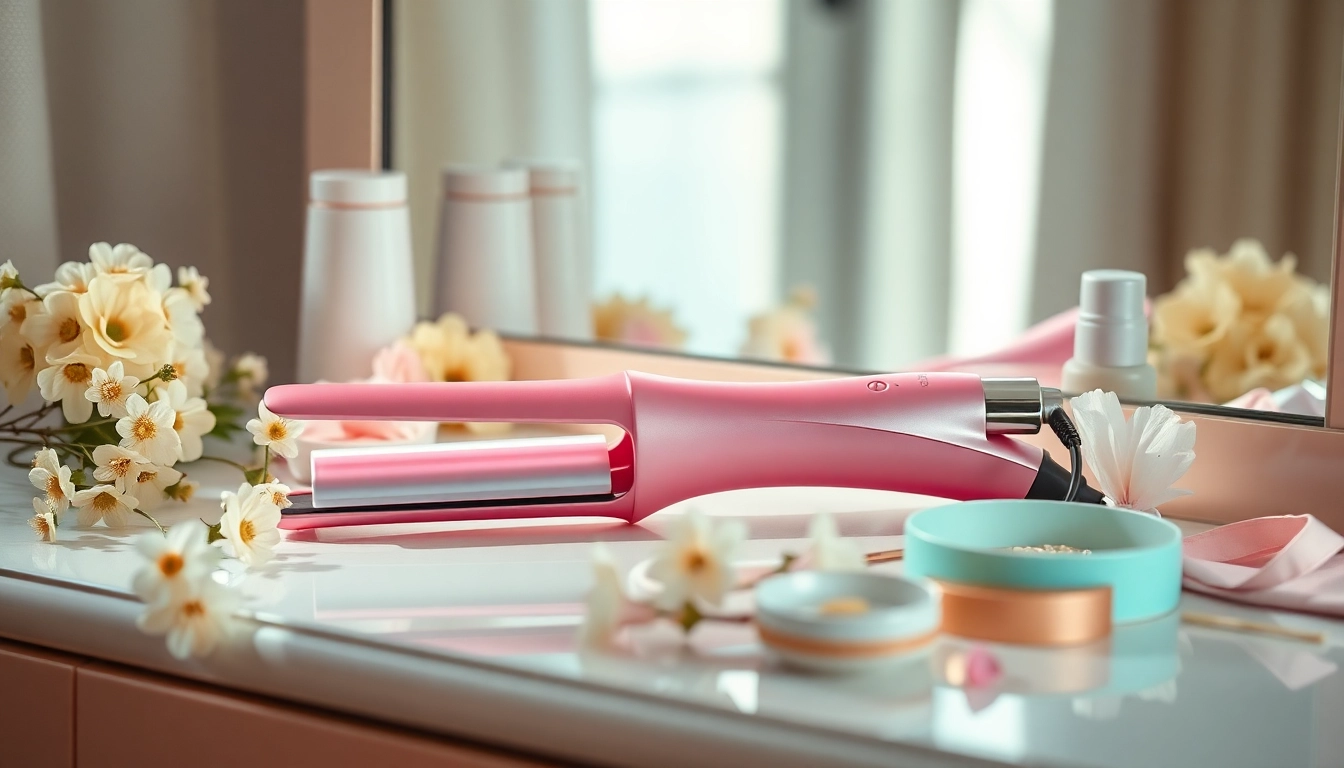

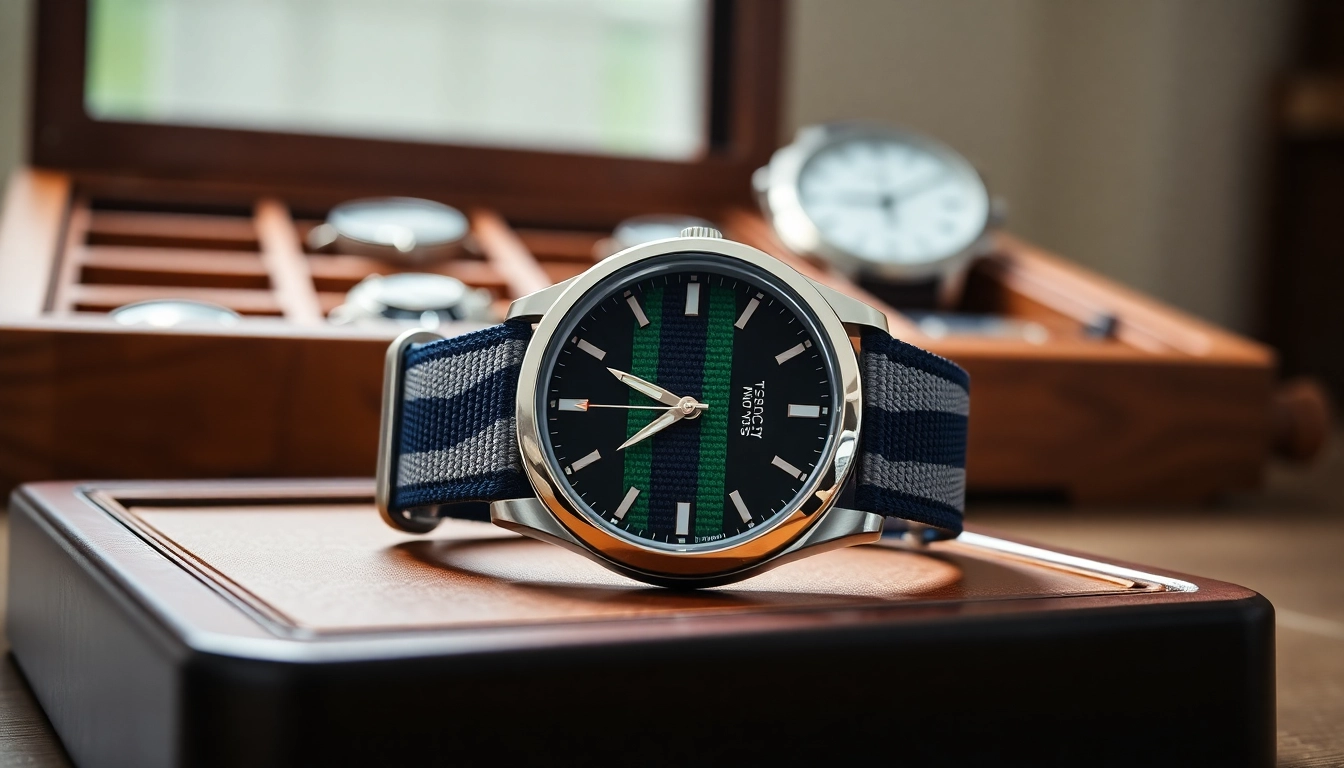
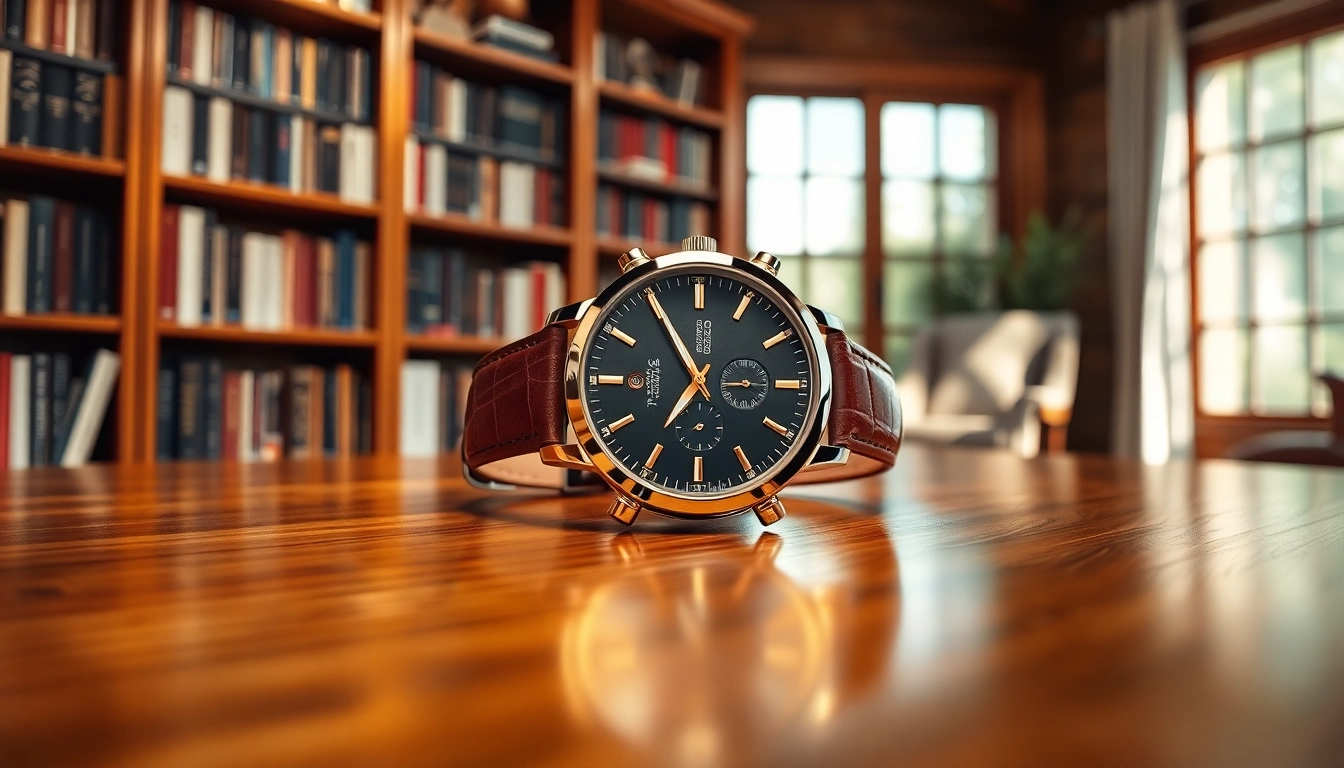



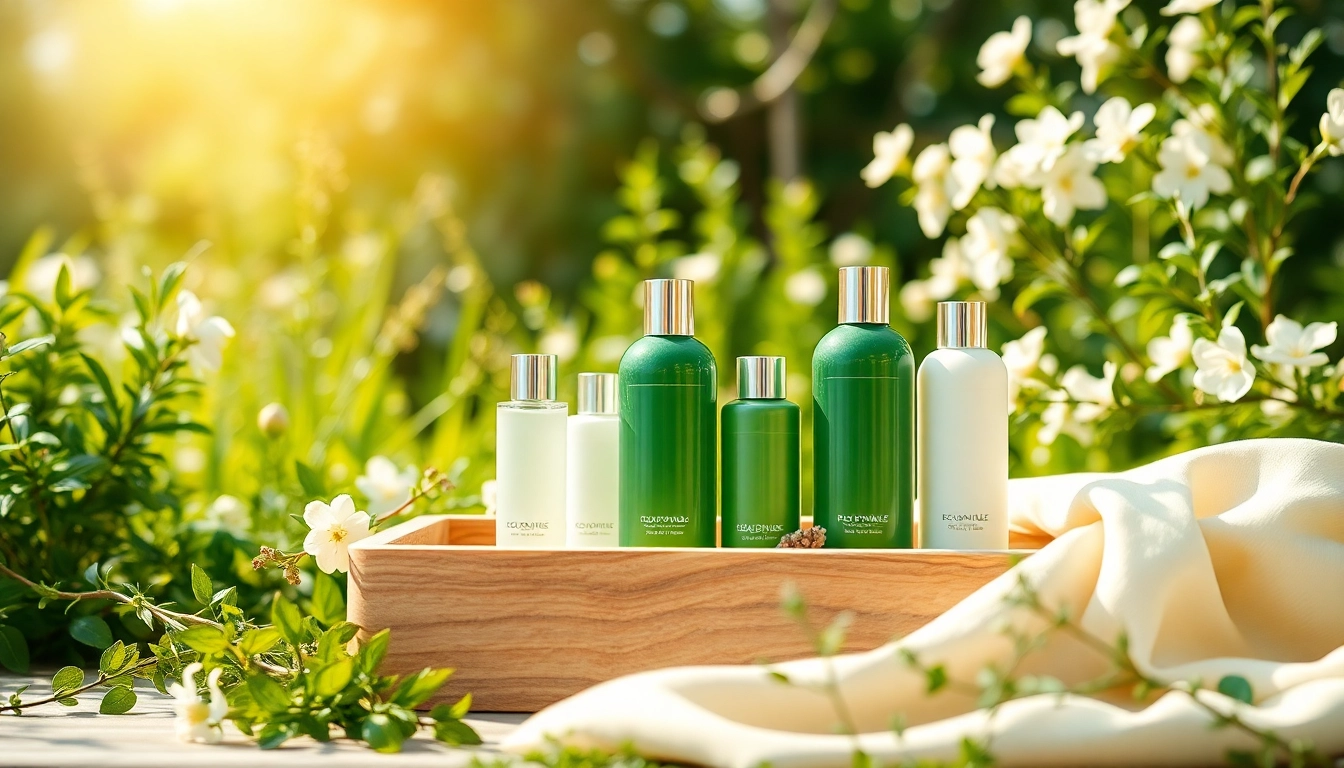


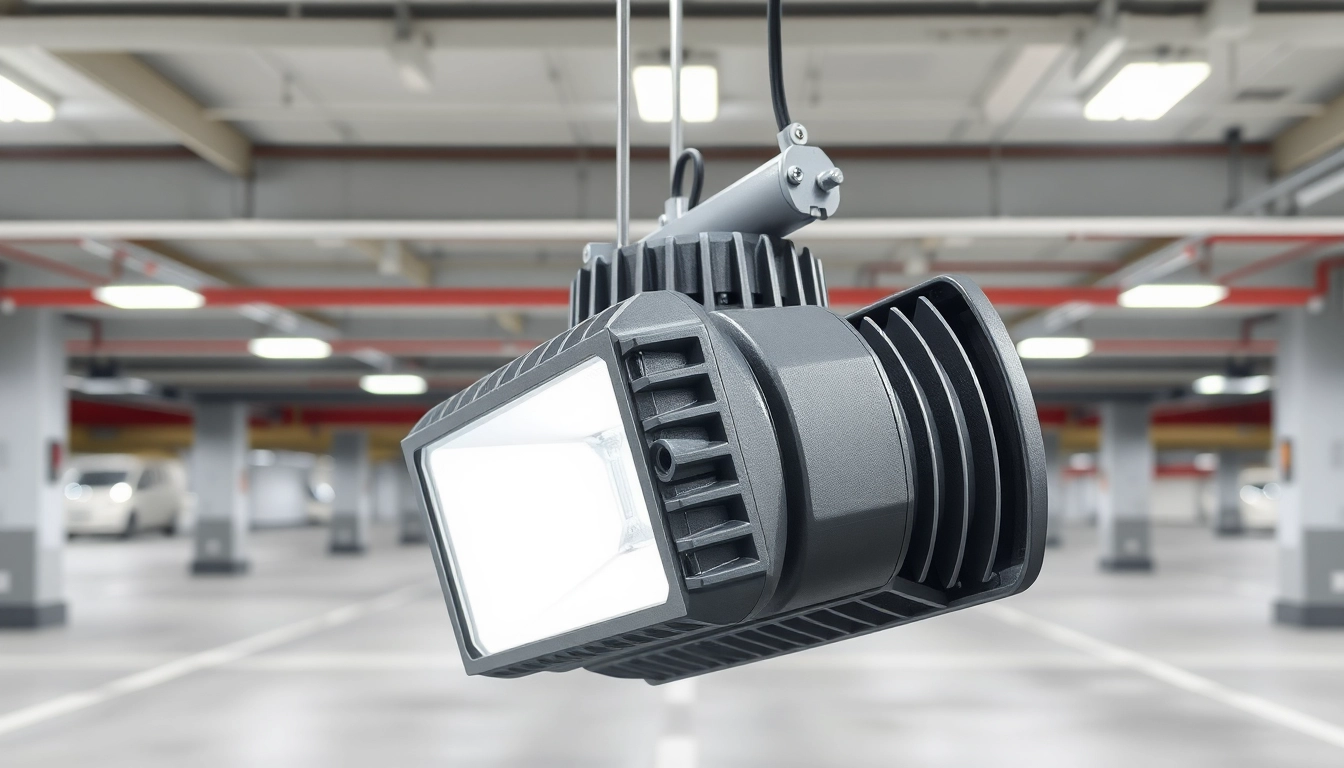
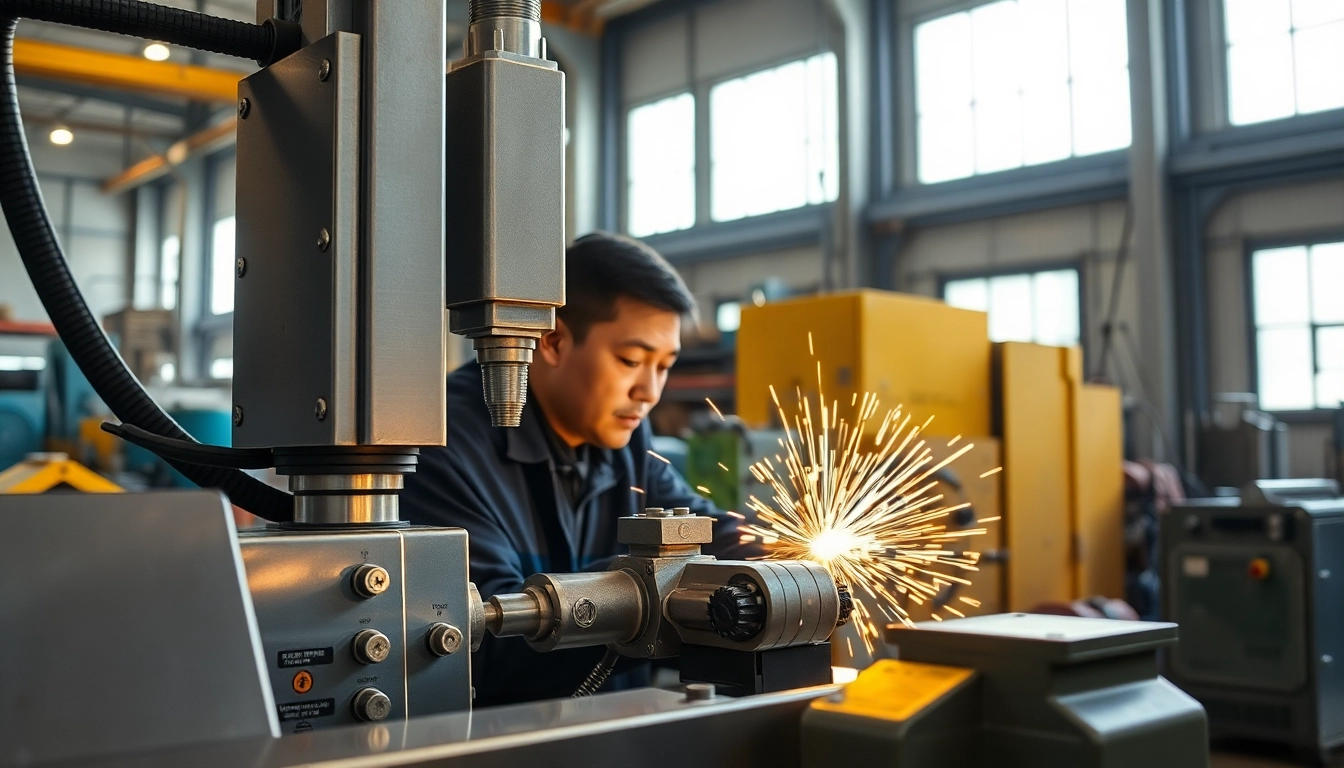



Leave a Reply